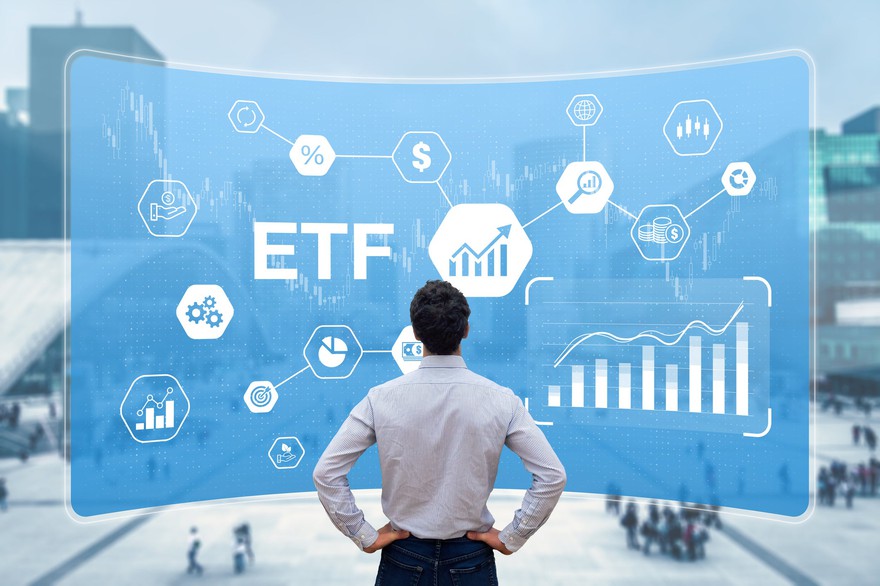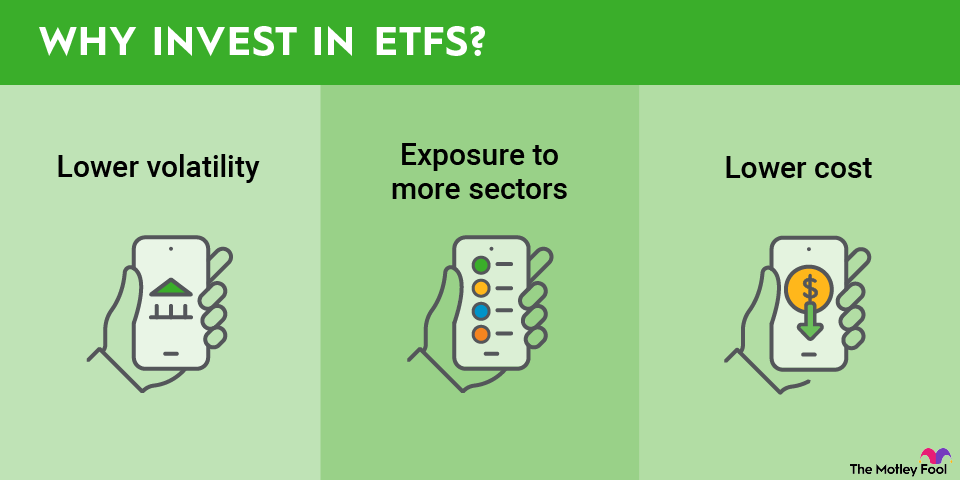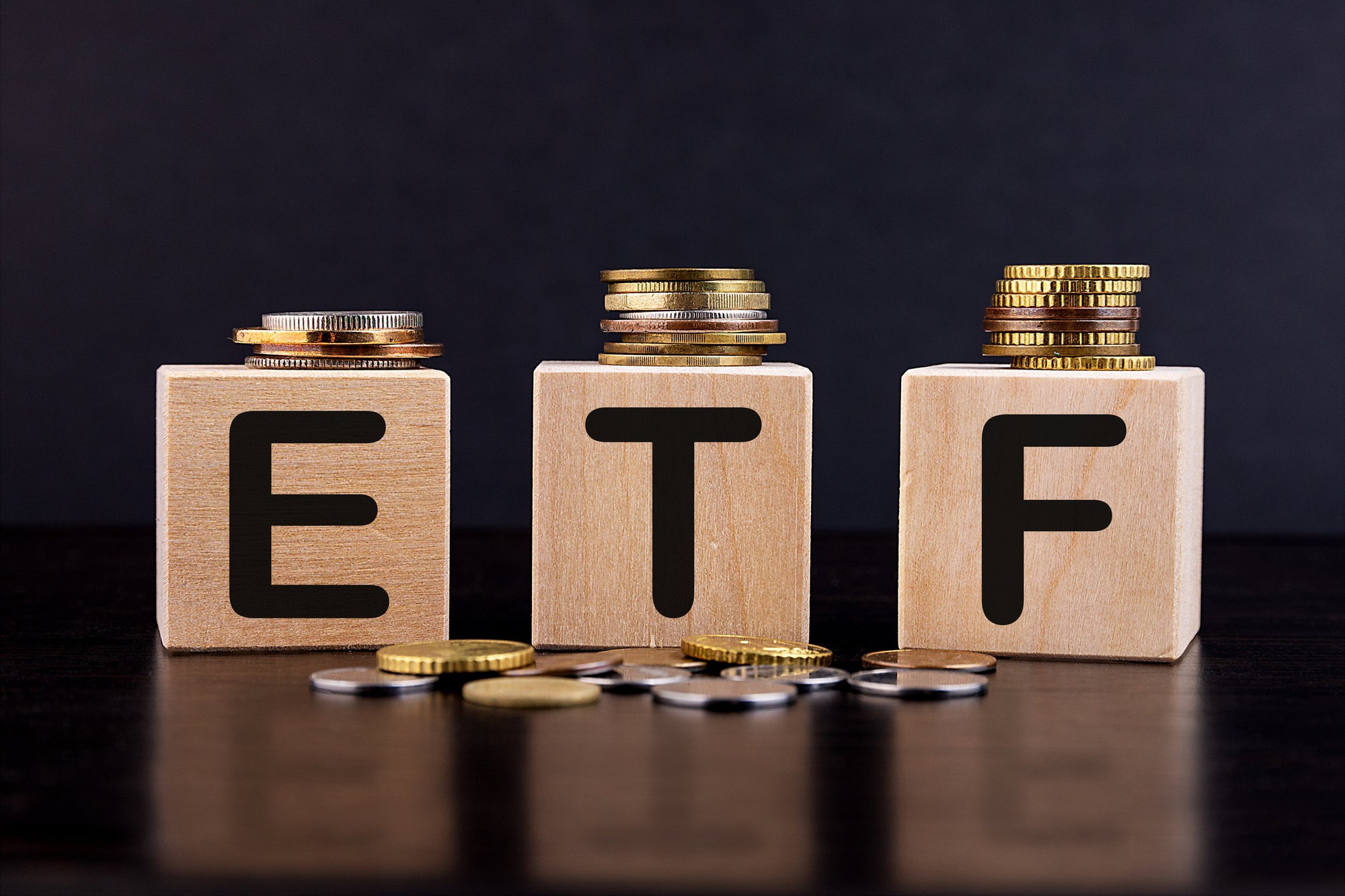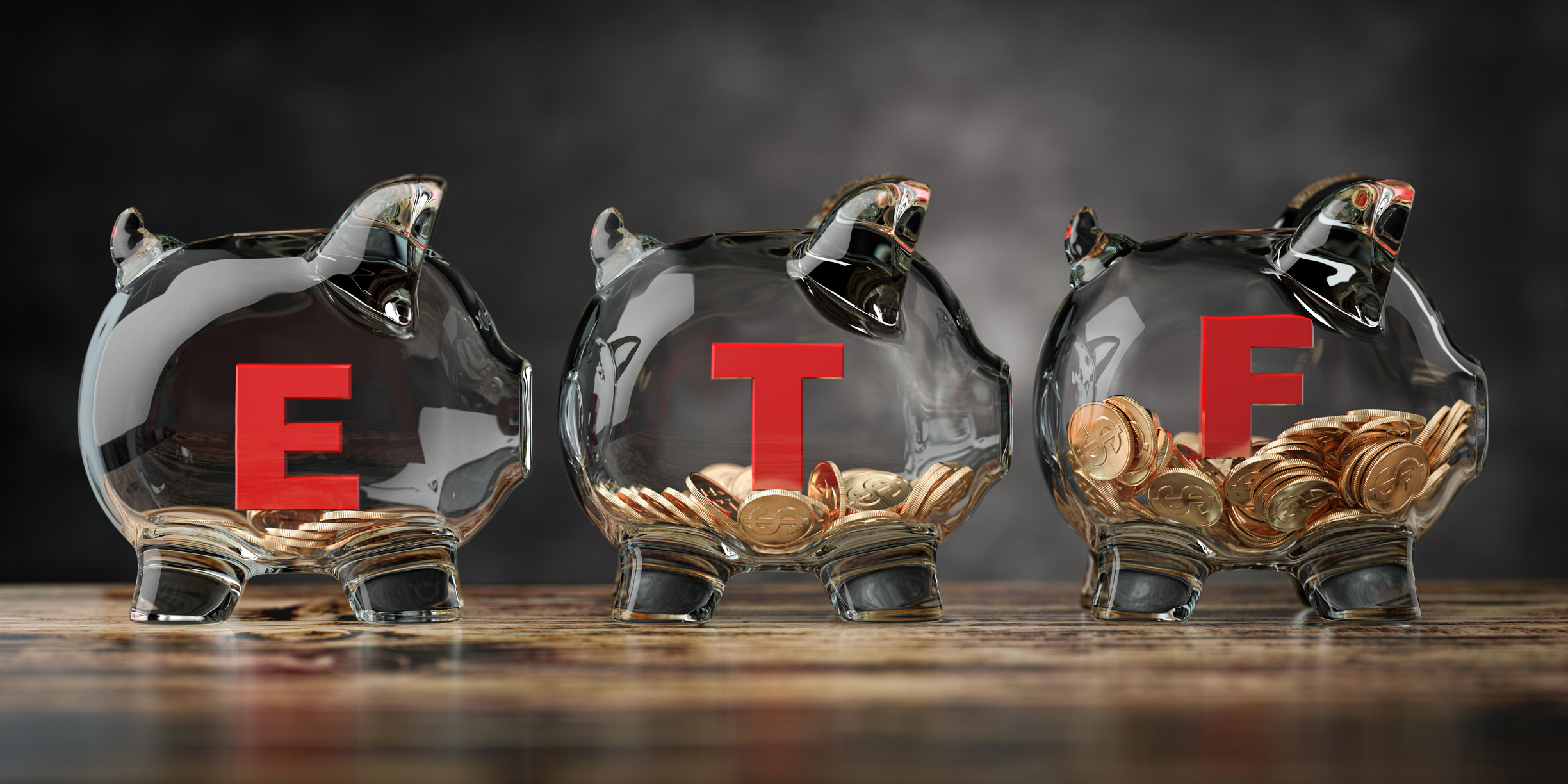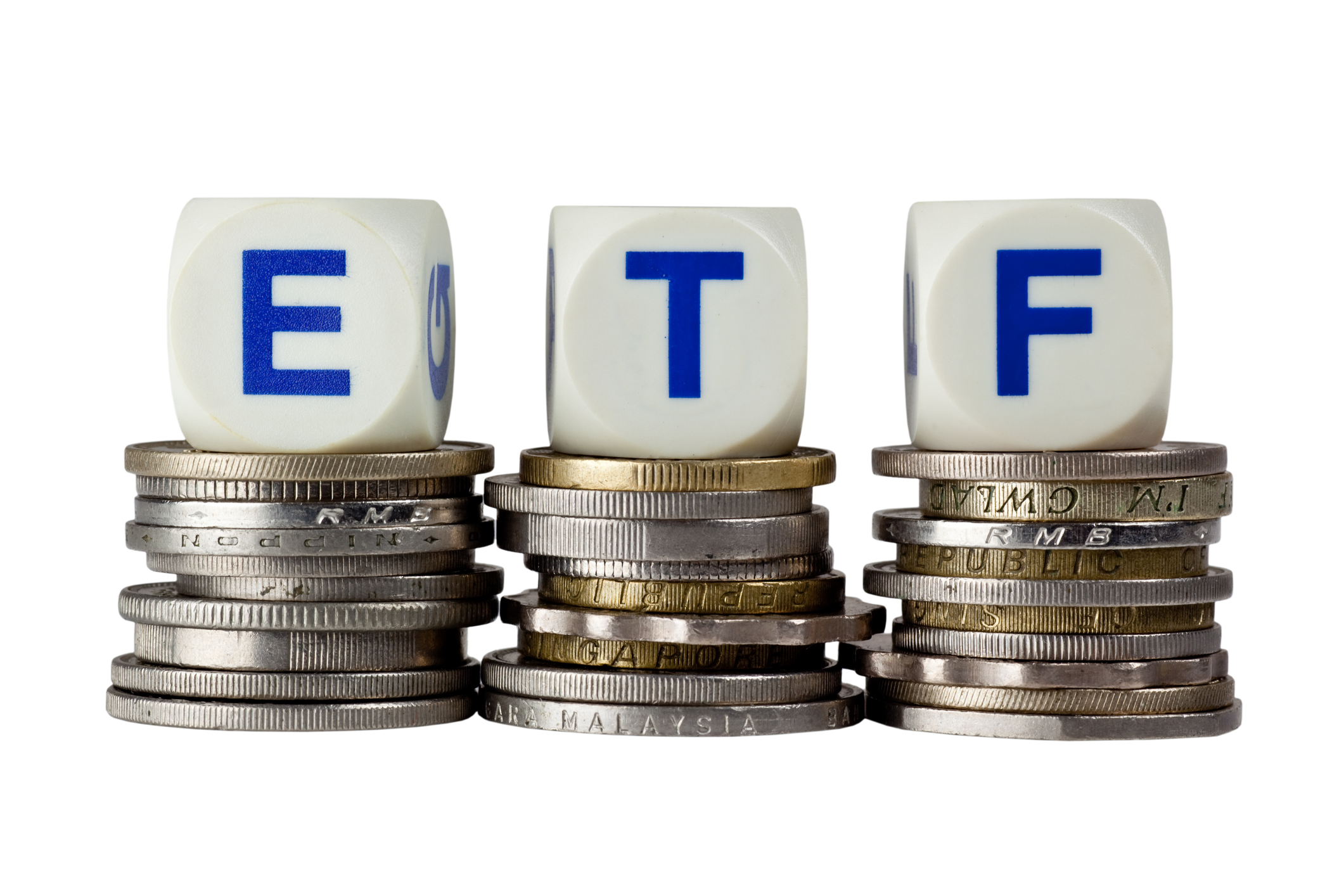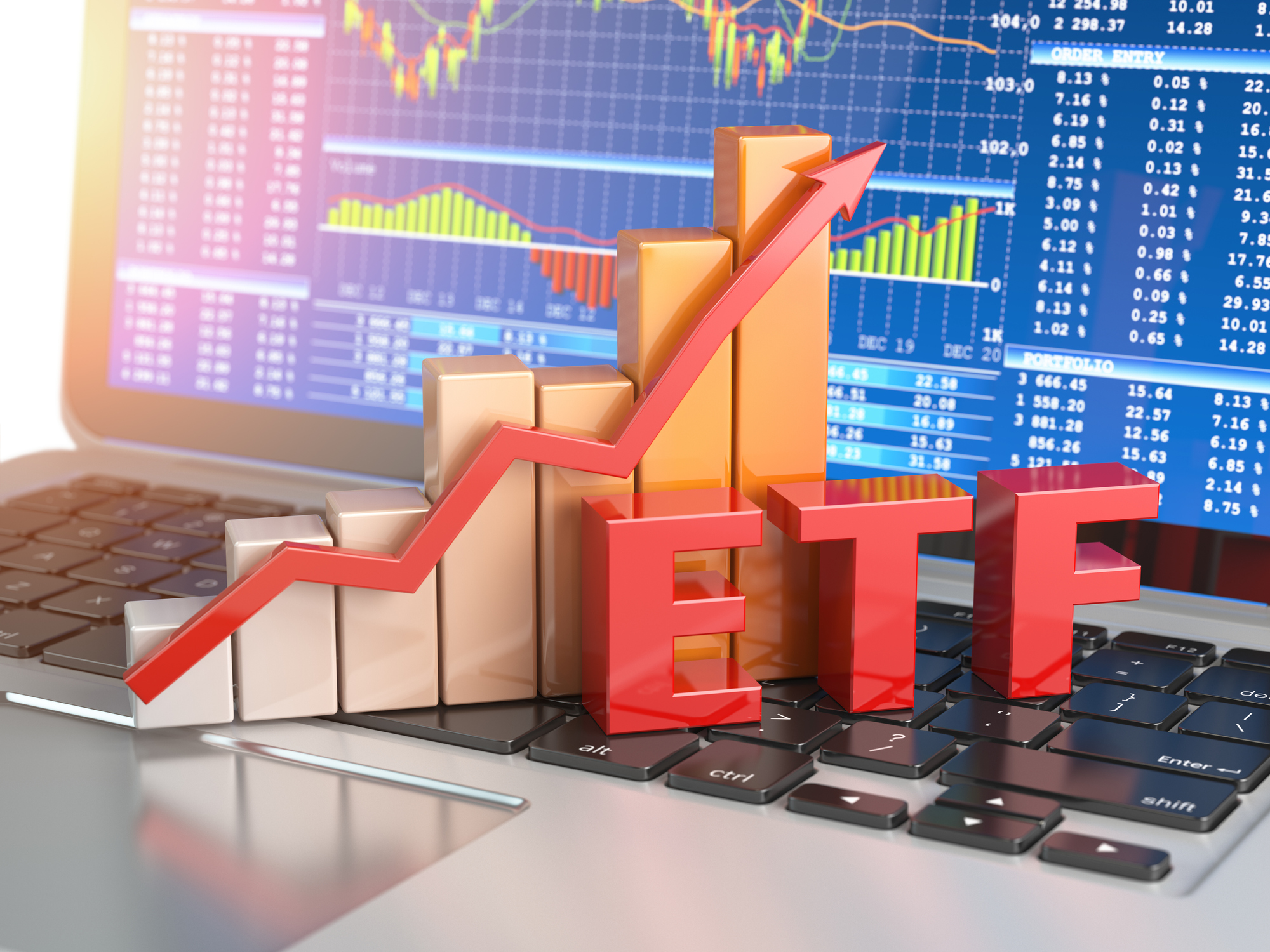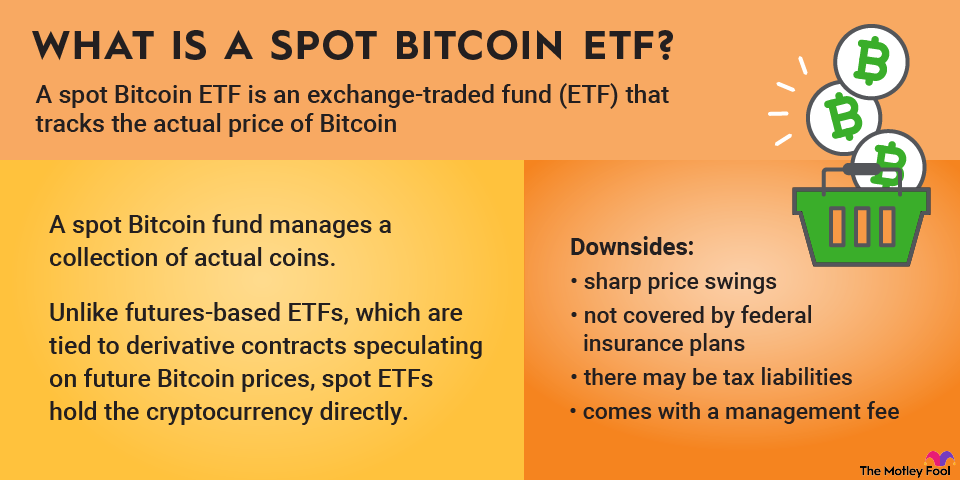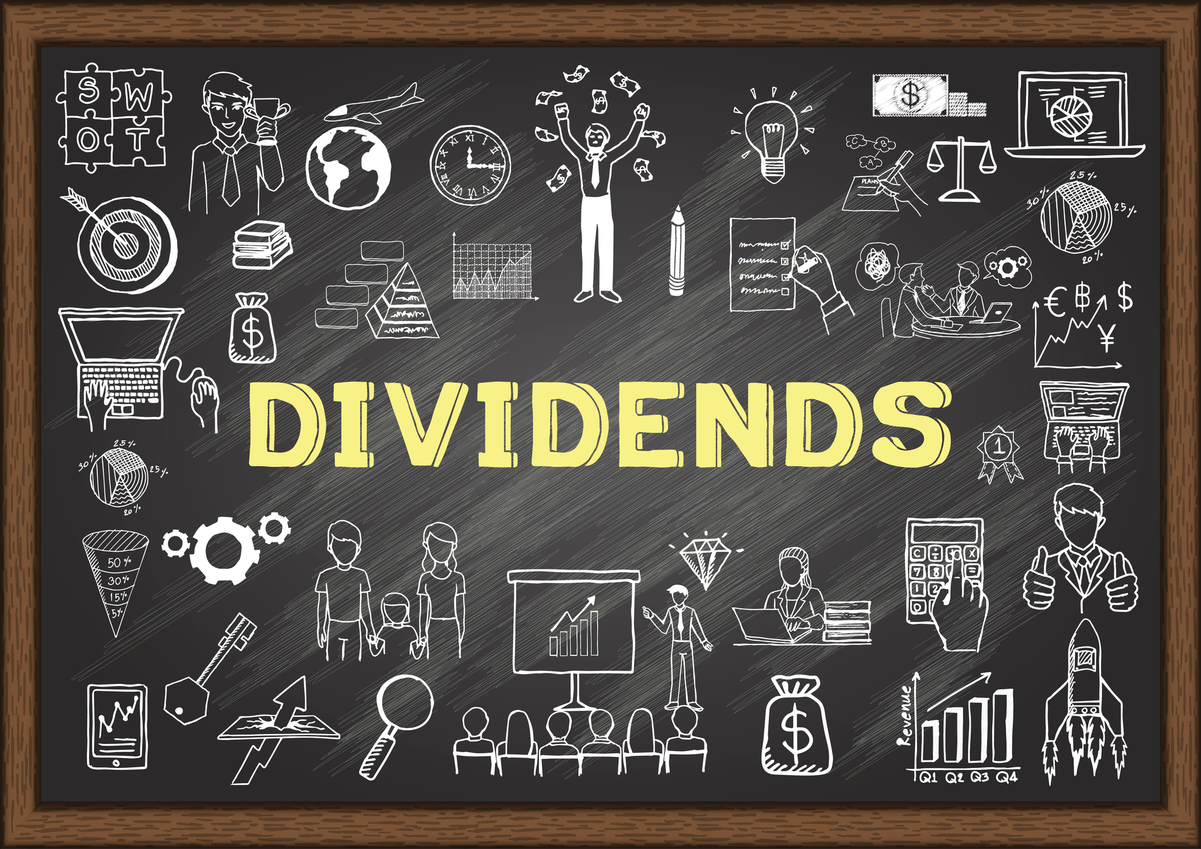The iShares Core S&P 500 ETF (IVV -0.43%) is one of the largest exchange-traded funds (ETFs) in the U.S. Let's explore why this fund is so popular and how you can incorporate it into your wealth-building portfolio.

NYSEMKT: IVV
Key Data Points
What is the iShares Core S&P 500 ETF?
The IVV ETF is an index fund that replicates the S&P 500 (^GSPC -0.50%), which contains 500 of the U.S.'s largest public companies, representing all 11 economic sectors.
Index members must meet size, liquidity, and profitability requirements. And if their business fundamentals deteriorate later, they can be removed from the index.
Exchange-Traded Fund (ETF)
The iShares Core S&P 500 ETF provides investors easy access to these premier U.S. stocks with a single share. It is run by BlackRock (BLK -0.95%), the world's largest investment manager. BlackRock operates all iShares funds, plus LifePath target-date funds and others.
The quality of the S&P 500 portfolio makes the IVV ETF a good fit for both novice and experienced investors. While all stocks carry risk, S&P 500 companies tend to be more stable and resilient than smaller businesses. Based on historical index performance, this fund will rise and fall with market cycles in the short term but should generally trend upwards over time.
The iShares Core S&P 500 ETF is not the only S&P 500 ETF available, but it is one of the more popular funds. The fund had around $700 billion in assets under management (AUM) as of late 2025.
Other large S&P 500 ETFs include the SPDR S&P 500 ETF Trust (SPY -0.48%) and Vanguard S&P 500 ETF (VOO -0.48%). These funds all hold the same stocks, but the iShares Core S&P 500 ETF and Vanguard S&P 500 ETF have lower expense ratios (0.03% compared to 0.09% for the SPDR S&P 500 ETF).
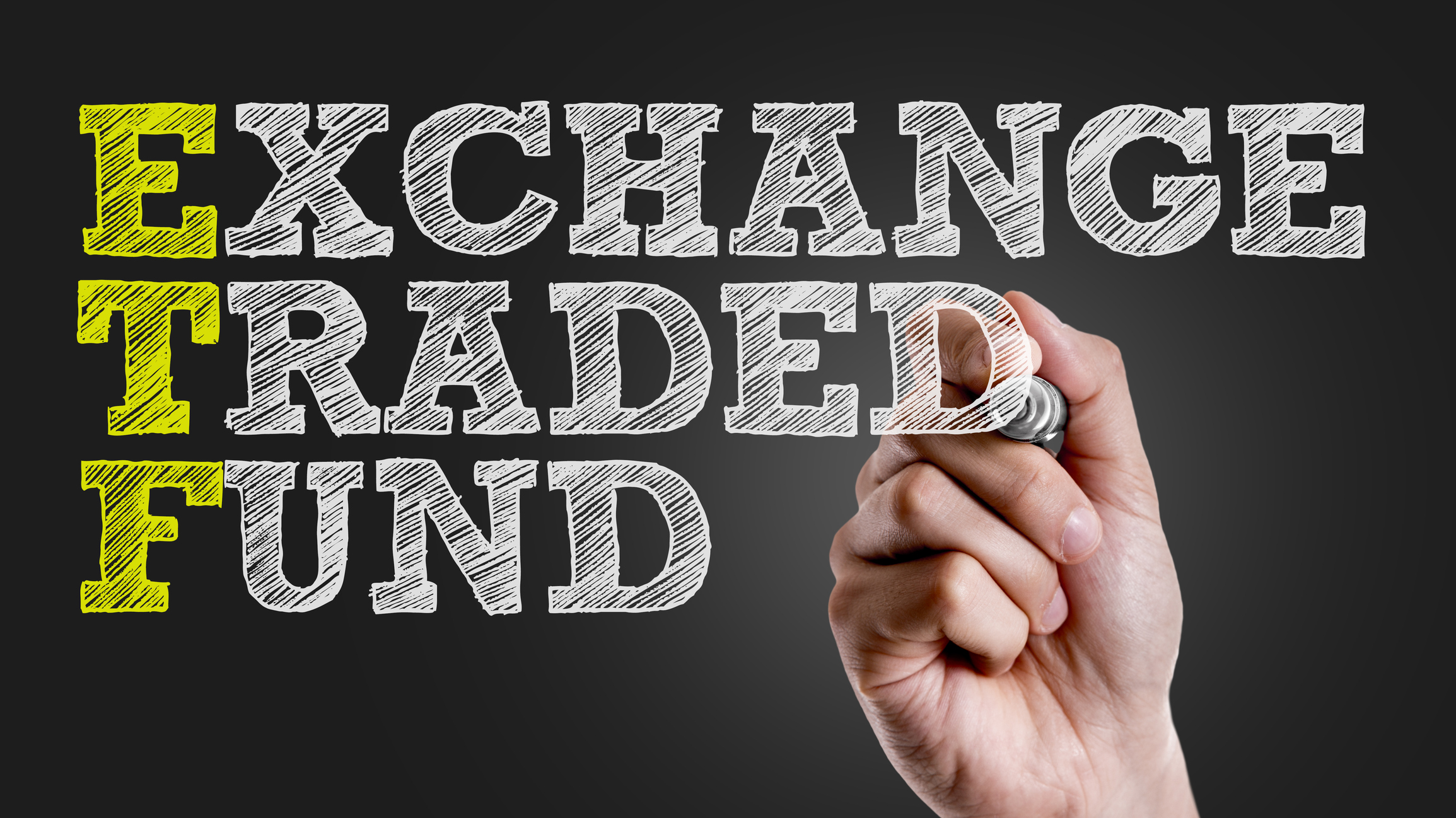
How to buy the iShares Core S&P 500 ETF
The steps for investing in any ETF, including the iShares Core S&P 500 ETF, are as follows.
- Open your brokerage account: Log in to your brokerage account where you handle your investments.
- Search for the ETF: Enter the ticker or ETF name into the search bar to bring up the ETF's trading page.
- Decide how many shares to buy: Consider your investment goals and how much of your portfolio you want to allocate to this ETF.
- Select order type: Choose between a market order to buy at the current price or a limit order to specify the maximum price you're willing to pay.
- Submit your order: Confirm the details and submit your buy order.
- Review your purchase: Check your portfolio to ensure your order was filled as expected and adjust your investment strategy accordingly.
| Name and ticker | Market cap | Dividend yield | Sector |
|---|---|---|---|
| Nvidia (NASDAQ:NVDA) | $4.4 trillion | 0.03% | Information Technology |
| Microsoft (NASDAQ:MSFT) | $3.6 trillion | 0.70% | Information Technology |
| Apple (NASDAQ:AAPL) | $4.1 trillion | 0.37% | Information Technology |
| Amazon (NASDAQ:AMZN) | $2.5 trillion | 0.00% | Consumer Discretionary |
| Meta Platforms (NASDAQ:META) | $1.7 trillion | 0.31% | Communication Services |
| Broadcom (NASDAQ:AVGO) | $1.8 trillion | 0.60% | Information Technology |
| Alphabet (NASDAQ:GOOGL) | $3.9 trillion | 0.26% | Communication Services |
| Tesla (NASDAQ:TSLA) | $1.5 trillion | 0.00% | Consumer Discretionary |
| Alphabet (NASDAQ:GOOG) | $3.9 trillion | 0.25% | Communication Services |
| Berkshire Hathaway (NYSE:BRK.B) | $1.1 trillion | 0.00% | Financials |
Nearly 35% of the iShares Core S&P 500 ETF's holdings operate in information technology. The next-largest sector is financials, at just over 13%, followed by consumer discretionary and healthcare, at more than 10% each.
Sector ETFs may be a better fit if you prefer a more targeted portfolio than the iShares Core S&P 500 ETF.
Should I invest in the iShares Core S&P 500 ETF?
If you agree with the five statements below, the iShares Core S&P 500 ETF likely suits your investment style and needs.
- You aren't trying to beat the market. The fund will rise and fall with the market. It won't outpace the market, but it won't lag by much, either.
- You plan to buy and hold. This is an asset you'd buy and hold indefinitely, with the goal of generating wealth over time. This fund is not a candidate for quick profits and heavy trading.
- You believe the U.S. economy will grow over the long term, and you have time to wait. The S&P 500 is viewed as a proxy for the U.S. economy. If you believe U.S. companies will continue creating value, as they have historically, the iShares Core S&P 500 ETF is one of the best long-term ETFs out there. For context, the S&P 500 delivered an average annual gain of over 8% between 1973 and 2023.
- You can handle some volatility. Volatility is an unavoidable aspect of equity investing, even with S&P 500 companies. For example, the index slumped 22% in 2022 and then gained 26% in the following year, and rose another 23% in 2024. But those ups and downs have always averaged out to gains over time. You will see similar cycles with the IVV ETF. The key is to stay invested long enough for the good years to outweigh the bad ones.
- You prefer low-maintenance, high-quality investments. An S&P 500 ETF like this requires less oversight than a portfolio of individual stocks since a single index member is unlikely to take down the whole group. Also, S&P 500 companies that deteriorate will eventually be replaced in the index with more qualified companies. Those changes will flow through to all funds tracking the index, ensuring portfolio stocks remain high quality.
Does the iShares Core S&P 500 ETF pay a dividend?
The iShares Core S&P 500 ETF pays a dividend. As of late 2025, the fund's dividend yield over the trailing 12 months was 1.16%. The fund makes dividend payouts in March, June, September, and December.
A 1.16% dividend yield is acceptable but not compelling. You'd invest in the iShares Core S&P 500 ETF more for the long-term appreciation potential than the dividend. The best dividend ETFs can deliver yields of 2% or more.
What is the iShares Core S&P 500's expense ratio?
The fund's expense ratio is 0.03%, representing $3 in fees for every $10,000 invested annually. This is the lowest expense ratio available among S&P 500 ETFs. Competing fund family Vanguard does offer a similar fund with the same 0.03% expense level. There is also an S&P 500 mutual fund from Fidelity with a lower expense ratio of 0.015%.
ETFs and mutual funds differ in the timing of trade settlement. ETFs trade throughout the day like stocks, while mutual funds settle all transactions once daily.
Historical performance of the iShares core S&P 500 ETF
The table below shows the iShares Core S&P 500 ETF's average annual total returns over different periods. Note that total return includes appreciation and dividend reinvestment. The fund's shareholders who didn't reinvest dividends during these periods would have seen lower returns.
Timeframe | Average Annual Total Return |
|---|---|
One year | 17.57% |
Three years | 24.90% |
Five years | 16.43% |
10 years | 15.26% |
Since inception (2000) | 8.14% |
These returns are comparable to the S&P 500, deviating by no more than 5 basis points. As the numbers indicate, investors have seen exceptionally strong average returns from these large-cap U.S. stocks over the last 10 years.
Related investing topics
The bottom line on the iShares Core S&P 500 ETF
The iShares Core S&P 500 ETF provides low-cost access to the U.S. stock market's largest, most successful companies. Given the S&P 500's history of long-term growth, this fund is a good pick for the buy-and-hold investor who can stay patient during occasional market weakness. That patience will be rewarded with solid wealth production over time.
